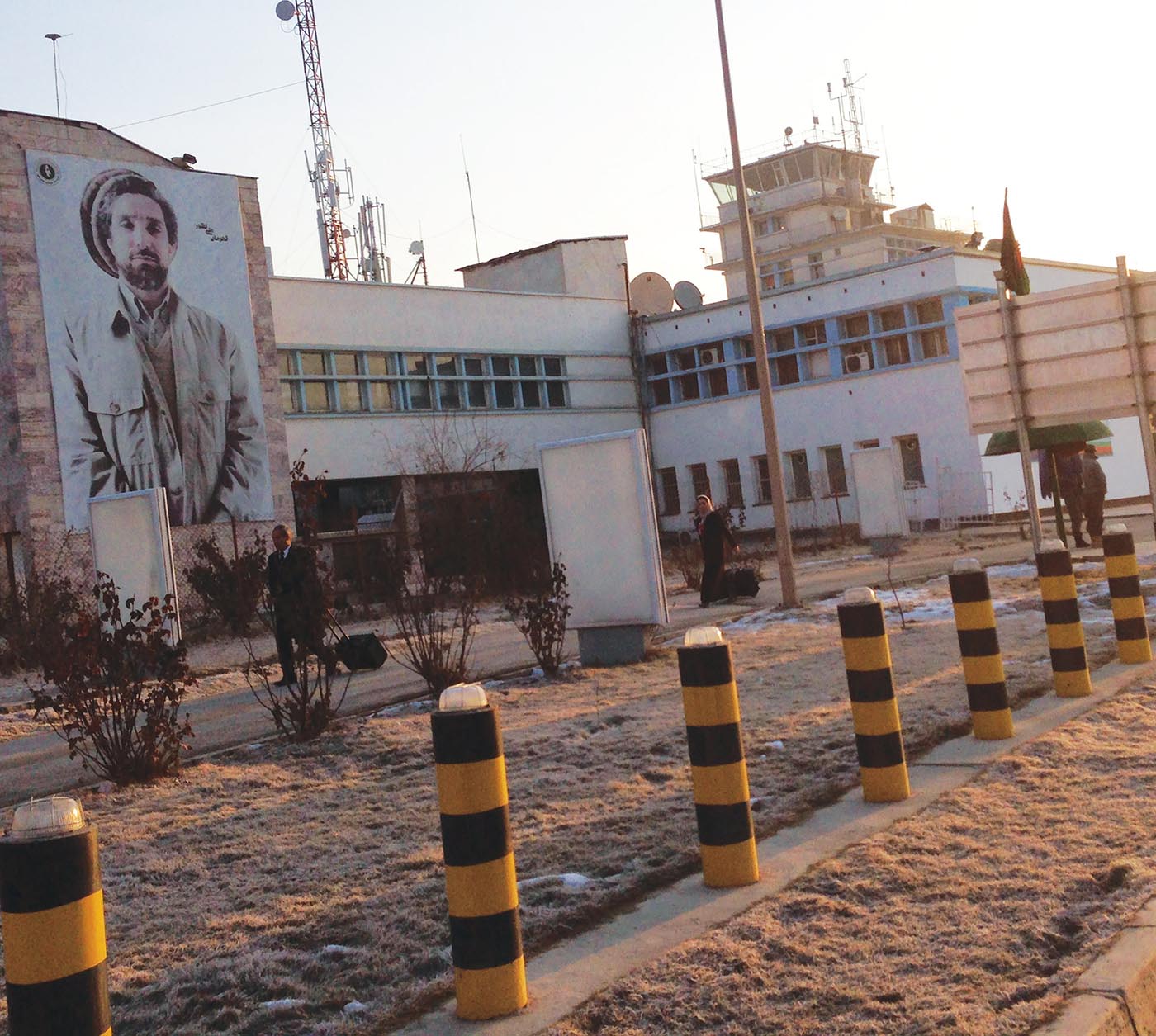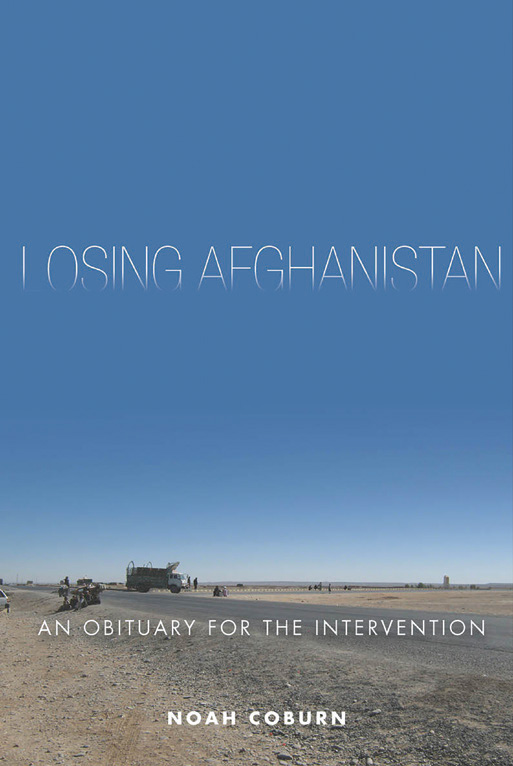On the Evacuation of Kabul and the Global Reach of America’s Wars
Much of the world watched in horror in late August as the U.S. military evacuated over 125,000 1 civilians in the period between the collapse of the Ghani administration and the final departure of the last American troops on August 30. During this period, the scenes of chaos from Kabul airport were shocking for many. Thousands of Afghans, along with American citizens and other internationals, crowded airport gates, waving documents. Nearly 200 were killed in a suicide bomb attack on August 26.
There are sure to be many analyses written in the coming years about how the Taliban advanced so quickly, how the Afghan government seemed to crumble overnight, and how the United States was so poorly prepared diplomatically for the events that preceded the evacuation. Yet, a simpler question remains which helps illuminate the nature of the U.S. war in Afghanistan: how was it that the United States government seemed unaware of the number of people who needed to be – and were qualified to be – evacuated? As the New York Times asked in the middle of the evacuation, “Given the resources and risk the United States is putting into the evacuation, how can the government not know how many people it is planning to fly out?” 2
On one hand, there were far more U.S. citizens in the country than the embassy seemed to expect, but the far greater number of those looking to be evacuated were Afghans who had worked with the international community. These included people who had worked either directly for the U.S. government, as sub-contractors with companies receiving U.S. government funds, as well as on grants or programs receiving U.S. funding. However, there was no clear picture of how many of these contractors and others existed. This is despite the fact that the U.S. approach to war has become increasingly contractor-centric. Since the attacks of September 11, 2001, the Defense Department has spent $14 trillion dollars, 3 half of which has gone directly to contractors. In the most recent years of the war in Afghanistan, the U.S. government has employed three contractors for every single U.S. military personnel on the ground in the country.
Despite this, the U.S. government does not maintain a database of contractors that work for it, so it does not know how many contractors there were, where they were from, or how long they had worked for the U.S. government. These numbers matter, for example, because to qualify for the Special Immigrant Visa (SIV), Afghans were required to work for the government for twelve months, but how many Afghans had actually worked for the U.S. government for twelve months? 4

Fig. 1: Kabul airport circa 2013 (Photo courtesy of aawiseman on Flickr, reproduced under a Creative Commons licence).
The Department of Defense does count the number of contractors that work for it every quarter, which is more than most of the other departments in the U.S. government that were involved in the war in Afghanistan, including the Department of State and USAID. Even the Department of Defense numbers, however, are not particularly helpful because while they track the number of contractors from quarter to quarter, they do not consider how many of those contractors were hired or fired during a specific period. So when the Department of Defense reports 10,000 contractors one quarter and 10,000 the next, it does not actually consider whether these are the same 10,000 contractors or if they are actually 20,000 contractors.
Nepali subcontractors and the global war
Even without a central database, there were ways to create better estimates, and these are illustrative of what the war in Afghanistan became. Consider a perhaps similar case, the number of Nepali contractors in Afghanistan. Nepal was not directly involved in the conflict, but still sent contractors to work in Afghanistan.
Nepalis, recruited into the British Imperial Army since the beginning of the 19th century, now play a pivotal role in the provision of private security around the world. Major international compounds in Kabul, including the American and British embassies, but also small, local NGOs relied primarily on Nepalis to support their local security presence. Despite this, however, the Nepali government made no real effort to track the number of Nepalis in Afghanistan. There was no Nepali embassy in Afghanistan, and while Nepalis were asked by the government to register before going to Afghanistan, this was routinely avoided by Nepalis who would travel first to the United Arab Emirates or another Gulf country and transfer onto a flight to Afghanistan. Even counting the number of visas handed out to Nepalis by the Afghan government is not helpful, since many Nepalis were flown on private contracted flights directly into U.S. bases, bypassing Afghan immigration.

Fig. 2: Book cover for Losing Afghanistan: An Obituary for the Intervention (Photo courtesy of Noah Coburn and Stanford University Press).
When I first attempted to do a survey of the number of Nepalis who had been to Afghanistan in 2015-2016, several experts estimated that there were around 5,000 Nepalis who had worked there. However, as I conducted interviews with Nepali security contractors and others, I attempted to develop a more accurate accounting. To do this, I took the list of the top contracting companies in Afghanistan and, through my interviews, developed an estimate for the number of Nepalis working for each company at one time. There were dozens of companies on the list, with the companies at the top of the list employing 300 or more Nepalis at a single time. This did not include the several hundred unemployed Nepalis living in labor camps in Kabul who were actively seeking employment. In fact, when tallying these numbers, it became clear that at any one point between 2009 and 2013 there had been over 10,000 Nepalis in Afghanistan. While the number in the country decreased after 2013, the turnover rate of many workers who spent between three and six years in the country, so ultimately at least 50,000 Nepalis had participated in the war in Afghanistan.
Failures of accounting, failures of accountability?
The fact that the war in Afghanistan became an increasingly contracted affair helps disguise both the scope and scale of the human impact of the war. Tens of thousands of civilians came to Afghanistan to participate as contractors, and tens of thousands more Afghans were hired as subcontractors. During the height of the U.S. surge in Afghanistan (2010-2011), there were 100,000 contractors working just for the Department of Defense and a similar number of U.S. military personnel for a one contractor to one soldier ratio. 5 However, when U.S. troop levels began to decline, contractor numbers dropped more slowly, resulting in a ratio of three contractors for every soldier in recent years.
When the Ghani government collapsed, many of these contractors turned to the U.S., hoping to be evacuated. The most recent publicly available data in early 2021 show that at that point there were 18,000 Afghans who had applied for and were waiting for U.S. Special Immigrant Visas. The evacuation seemed scaled to support this number of Afghans. However, this number did not take into account the fact that in recent years, it took three to six years for a SIV to be processed. 6 This meant that the Afghan contractors who were most at risk were unlikely to apply for the visa, since it was unlikely that it would be processed in time to save them. At the same time, others felt that other opportunities might arrive: why spend three years waiting for a visa that might not come? All this resulted in the fact that tens of thousands of Afghans were technically eligible for the SIV, but had not applied for it, and the U.S. government had no good way of actually tracking this number.
The shifting visa requirements further complicated the issue. In August, just two weeks before the collapse of the Afghan government, a new designation was announced by the Department of State called “Priority 2.” 7 This included “Afghans who are or were employed in Afghanistan by a U.S.-based media organization or non-governmental organization.” Additionally, U.S. politicians, activists, and others rightly put pressure on the U.S. military to also consider evacuating those Afghan activists, journalists, scholars, and others who had worked on human rights issues.
All of this resulted in the thousands of Afghans who crowded the Kabul airport and felt they were eligible for evacuation, and a U.S. government that seemed incredibly unprepared for the scale of the evacuation. Most ended up left behind, and this included international contractors as well: by late August, the New York Times reported that over 350 Nepalis were seeking to be evacuated from Afghanistan still. 8

Fig. 3: Flying out of Kabul circa 2014, airport to the left (Photo courtesy of Michael Foley on Flickr, reproduced under a Creative Commons licence).
The U.S war in Afghanistan was no small affair. The U.S. government attempted to minimize the costs of the war, both economically and in terms of the number of U.S. soldiers killed, by essentially outsourcing much of this work to both Afghan and international contractors. The long-term result was that the war in Afghanistan became a global war, including not just members of the NATO coalition but contractors from countries like Nepal, Sri Lanka, Bangladesh, and dozens of other countries. Much of this was invisible since these contractors were quietly hired and fired. Many are now moving on, searching for new wars to work on. 9 But for most of the Afghan contractors, who did the actual work of the war, they remain left behind.
And in those chaotic, violent moments of the evacuation at Kabul airport, a war that has largely been invisible, became, briefly, visible.
Noah Coburn is a socio-cultural anthropologist at Bennington College (United States). His research focuses on political structures and violence in the Middle East and Central Asia. Recent publications include Losing Afghanistan: An Obituary for the Intervention (Stanford University Press, 2016) and Under Contract: The Invisible Workers of America’s Global Wars (Stanford University Press, 2018). Email: ncoburn@bennington.edu, twitter @NoahSCoburn.